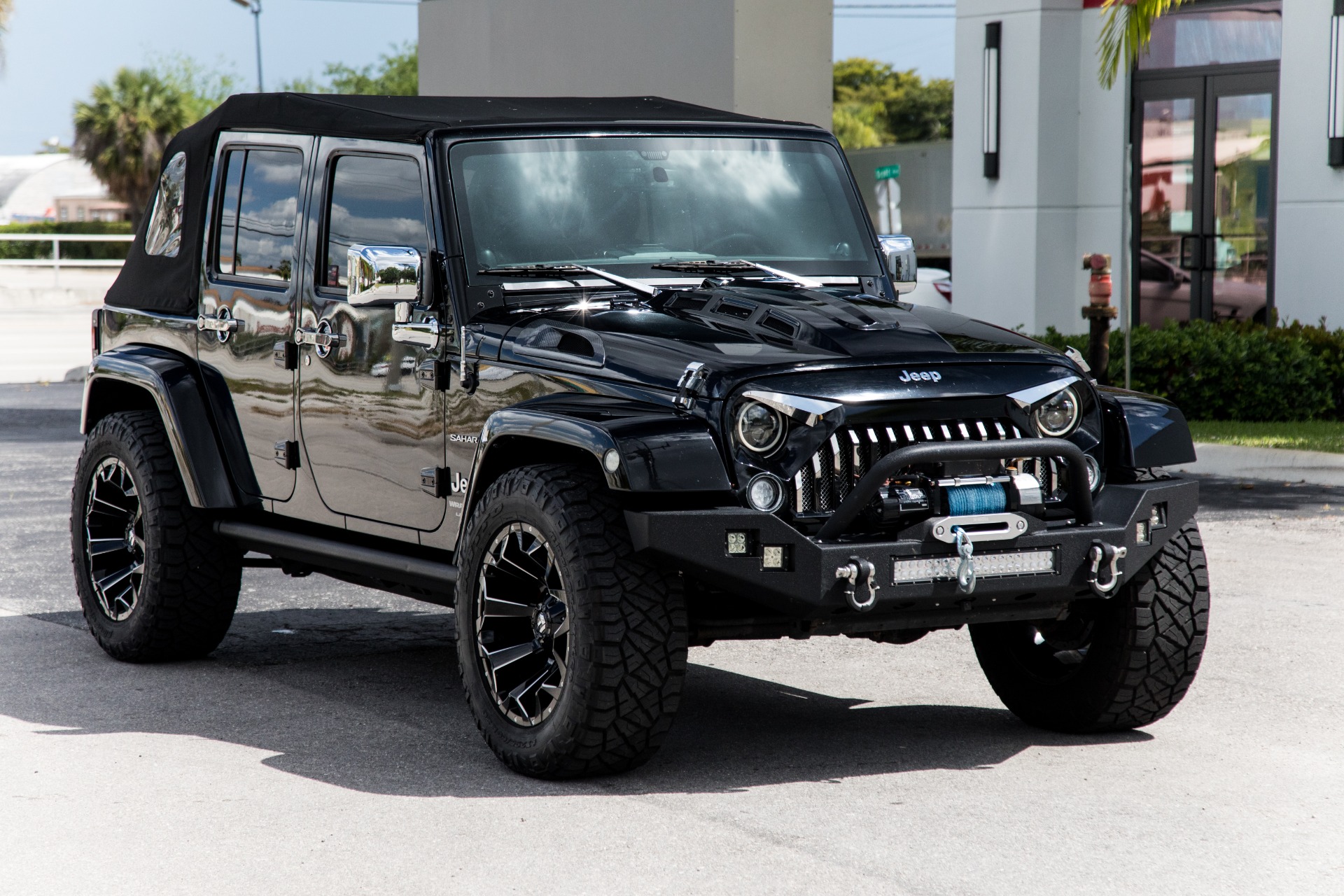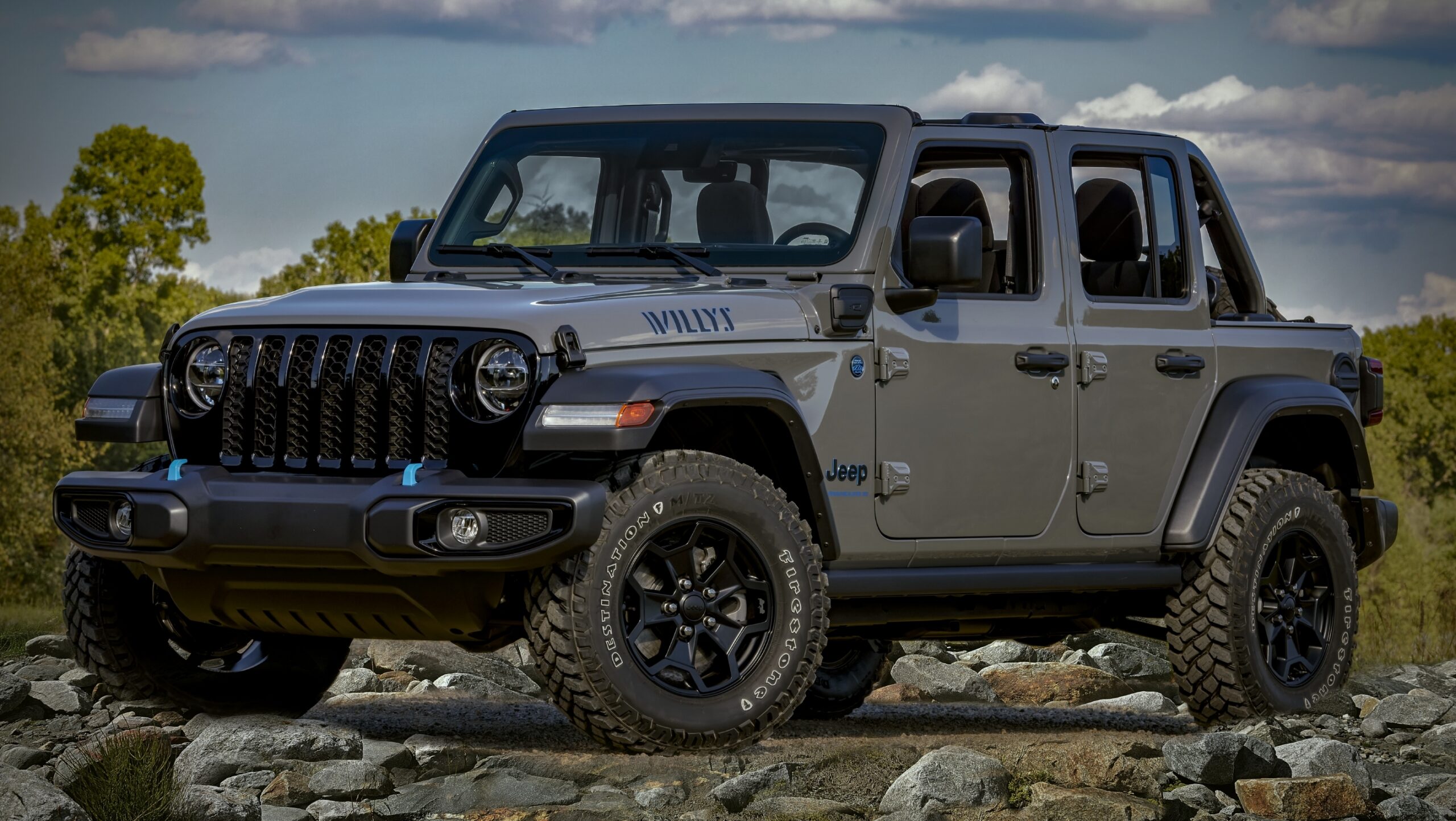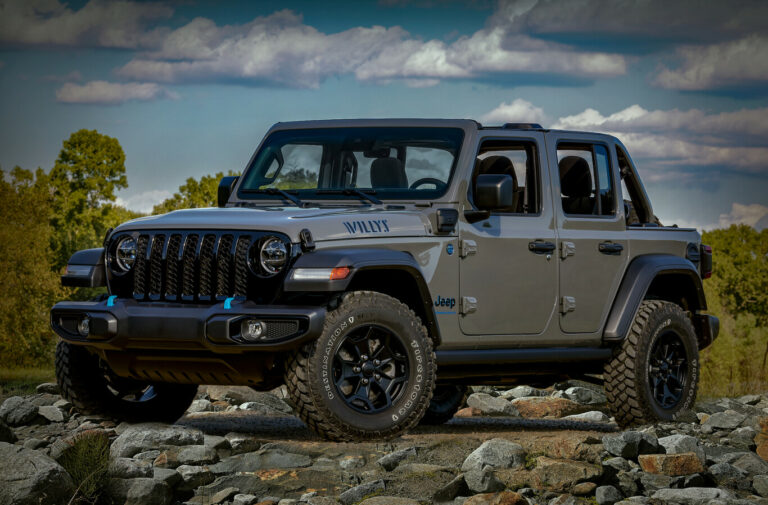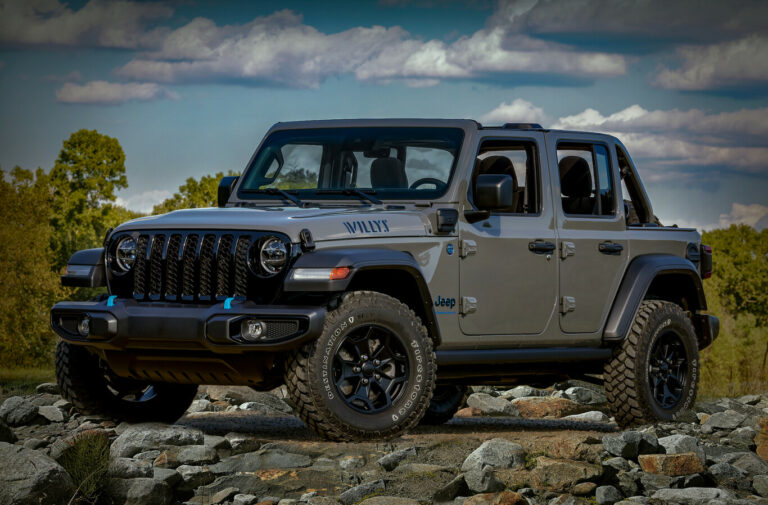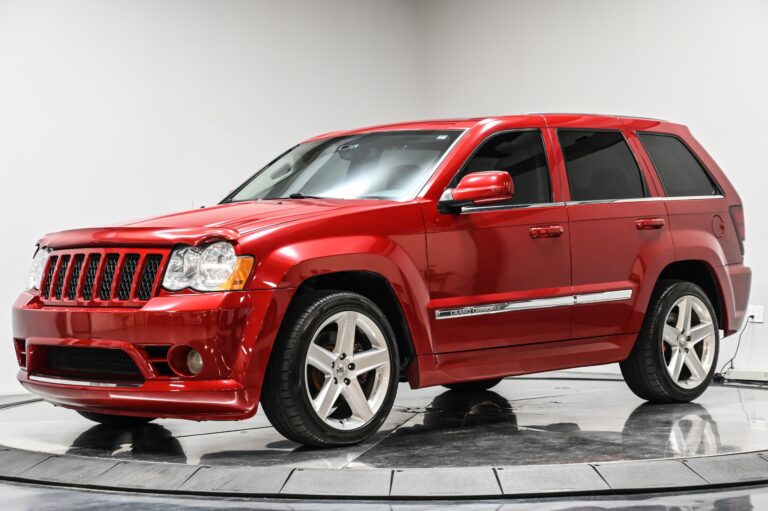Wrangler Jeep History
Wrangler Jeep History jeeps.truckstrend.com
An Enduring Legacy of Adventure
The Jeep Wrangler is more than just a vehicle; it’s a symbol of freedom, adventure, and rugged capability. Its distinctive silhouette, open-air driving experience, and unparalleled off-road prowess have cemented its place as an automotive icon. To understand the Wrangler is to delve into a rich tapestry of military heritage, civilian adaptation, and continuous innovation. This comprehensive guide explores the fascinating evolution of the Jeep Wrangler, tracing its lineage from the battlefields of World War II to the sophisticated, yet still trail-ready, machines of today. It’s a journey through engineering triumphs, design shifts, and the unwavering spirit that makes the Wrangler a legend.
Wrangler Jeep History
Pre-Wrangler Roots: The Willys MB and CJ Series (1941-1986)
To truly appreciate the Wrangler, one must first look back at its foundational ancestors. The story begins not with a "Wrangler," but with the Willys MB, the legendary "Go Anywhere, Do Anything" vehicle commissioned by the U.S. military during World War II. Its utilitarian design, four-wheel drive, and remarkable resilience made it indispensable.
After the war, Willys-Overland recognized the immense potential of its military vehicle for civilian use, leading to the birth of the Civilian Jeep (CJ) series.
- CJ-2A (1945-1949): The first civilian Jeep, largely a re-purposed MB, marketed for farming and industrial use.
- CJ-3A (1949-1953) & CJ-3B (1953-1968): Minor refinements, including a taller hood for a new "Hurricane" engine in the 3B.
- CJ-5 (1955-1983): This became the longest-produced CJ model, known for its compact size and agility. It underwent numerous updates over its long run, including engine changes and interior improvements, but maintained its basic rugged character.
- CJ-7 (1976-1986): A pivotal model, the CJ-7 introduced a slightly longer wheelbase than the CJ-5, allowing for an automatic transmission and improved stability. It also offered optional features like a molded hardtop and steel doors, hinting at a move towards more comfort and versatility.
- CJ-8 Scrambler (1981-1986): A pick-up truck variant of the CJ-7, offering more cargo space and a unique aesthetic.
![]()
While incredibly capable off-road, the CJ series, particularly in its later years, faced increasing scrutiny regarding safety standards, on-road handling, and emissions. This growing pressure, coupled with the desire to offer a more refined and modern vehicle, paved the way for a revolutionary change: the introduction of the Jeep Wrangler.
The Birth of an Icon: The YJ (1987-1995)
The year 1987 marked a significant turning point with the introduction of the Jeep Wrangler YJ. Replacing the beloved CJ-7 was a bold move, and the YJ certainly made an entrance with its most controversial feature: square headlights. This departure from the iconic round lights was a design decision aimed at differentiating it from the CJ and giving it a more contemporary look.
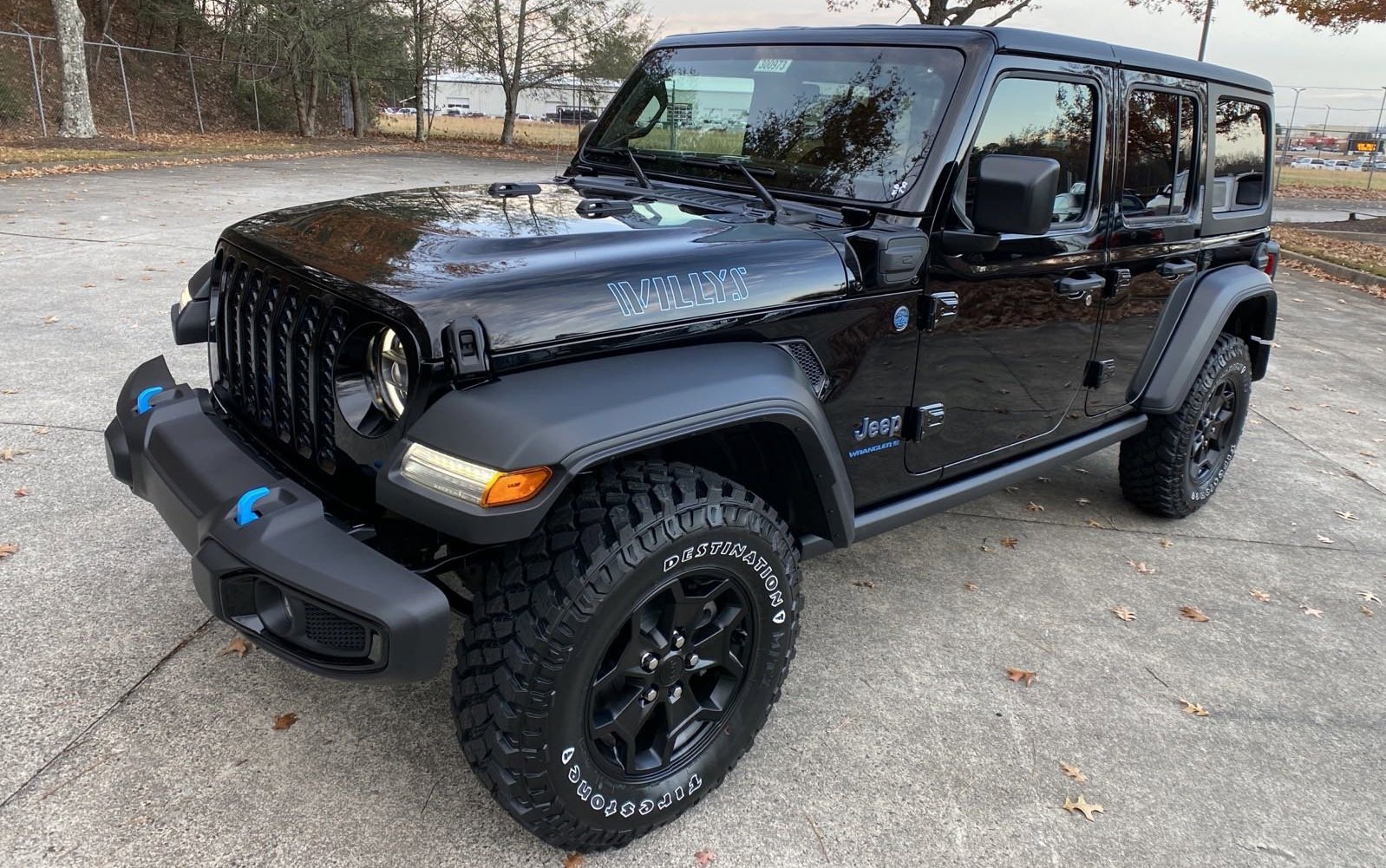
Beyond the aesthetics, the YJ represented a significant engineering evolution. While it retained the body-on-frame construction and solid axles, it featured a wider stance for improved stability and, crucially, leaf spring suspension that was softer than the CJ’s, offering a more comfortable on-road ride. The interior was also updated to be more car-like, with improved ergonomics and modern conveniences. The YJ was designed to be safer, more compliant with emission regulations, and more appealing to a broader market, while still retaining the fundamental open-air, off-road spirit of its predecessors. It was initially offered with AMC’s 2.5L four-cylinder and 4.2L inline-six engines, later replaced by the more powerful 4.0L "High Output" inline-six.
Refinement and Return to Roots: The TJ (1997-2006)
After a brief hiatus in 1996, the Wrangler returned in 1997 with the TJ generation, and it was a revelation. Chrysler, having acquired Jeep from AMC, listened intently to the loyal Jeep community. The most celebrated change was the return to round headlights, a move that immediately endeared it to purists.
However, the most significant mechanical upgrade was the complete overhaul of the suspension system. The TJ replaced the YJ’s leaf springs with a modern coil spring suspension at all four corners. This single change dramatically improved ride quality, handling, and, most importantly, off-road articulation, making the TJ even more capable on challenging trails. The interior also saw further refinement, becoming more comfortable and user-friendly.
In 2003, Jeep introduced the Wrangler Rubicon, a dedicated off-road trim that came straight from the factory with features like Dana 44 axles, front and rear locking differentials, a disconnectable sway bar, and larger tires. This cemented the Wrangler’s reputation as a serious off-road machine right off the showroom floor. The TJ also saw the introduction of the LJ (TJ Unlimited) in 2004, a long-wheelbase version that offered more cargo space and a smoother ride, foreshadowing the future direction of the Wrangler.

The Modern Era: The JK (2007-2017)
The JK generation, launched for the 2007 model year, was perhaps the most transformative leap in the Wrangler’s history. Recognizing the demand for a more versatile, family-friendly off-roader, Jeep introduced the four-door Wrangler Unlimited alongside the traditional two-door model. This was a game-changer, expanding the Wrangler’s appeal to a completely new demographic and significantly boosting sales.
The JK was larger and wider than its predecessors, offering more interior room, improved crash safety, and a host of modern amenities like power windows, navigation systems, and advanced infotainment options. While initially powered by a somewhat underpowered 3.8L V6, the JK received a significant upgrade in 2012 with the introduction of the powerful and efficient 3.6L Pentastar V6 engine, which greatly improved its on-road performance. Despite its growth and increased creature comforts, the JK maintained its legendary off-road capability, with continued offerings of Rubicon models and a robust aftermarket. It was a testament to Jeep’s ability to evolve the vehicle without compromising its core identity.
The Latest Evolution: The JL (2018-Present)
The current JL generation, introduced in 2018, builds upon the success of the JK, refining every aspect while staying true to the Wrangler’s heritage. Visually, the JL is a modern interpretation of the classic, with a slightly raked grille, updated LED lighting, and more integrated design elements, while still proudly featuring the exposed hinges and fold-down windshield that define the Wrangler.
Under the skin, the JL is a marvel of modern engineering. It utilizes lighter materials, including aluminum doors, hood, and tailgate, to reduce weight and improve fuel efficiency. It offers a wider range of powertrain options, including the standard 3.6L Pentastar V6, a more fuel-efficient 2.0L turbocharged inline-four with eTorque mild-hybrid technology, and even a 3.0L EcoDiesel V6 for improved torque and range. More recently, Jeep introduced the high-performance Rubicon 392 with a 6.4L Hemi V8, and the revolutionary Wrangler 4xe, a plug-in hybrid electric vehicle (PHEV) that combines electric power with gasoline for impressive efficiency and instant torque.
The JL’s interior is significantly more refined, with higher-quality materials, advanced infotainment systems (Uconnect with Apple CarPlay/Android Auto), and more safety features. Off-road prowess remains paramount, with improved articulation, water fording capabilities, and advanced off-road technology like the available Selec-Trac or Rock-Trac full-time 4×4 systems. The JL represents the pinnacle of the Wrangler’s evolution: a highly capable off-roader that is also a comfortable, technologically advanced, and increasingly efficient daily driver.
The Enduring Legacy and Practical Advice
The Jeep Wrangler’s journey from a wartime workhorse to a global icon is a testament to its timeless design and unparalleled functionality. Its enduring popularity stems from several factors:
- Unmatched Off-Road Capability: It remains one of the most capable production vehicles for tackling challenging terrain.
- Modularity and Customization: The vast aftermarket support allows owners to personalize their Wranglers for specific needs and tastes.
- Open-Air Freedom: The removable doors, roof panels, and fold-down windshield offer a unique driving experience.
- Strong Community: Wrangler owners are part of a passionate, global community, sharing trails, tips, and camaraderie.
For those considering a Wrangler, practical advice includes:
- Define Your Use: Are you primarily an off-roader, a daily driver, or a bit of both? This will influence your choice of trim (Sport, Sahara, Rubicon) and two-door vs. four-door.
- Consider the Generation: Each generation offers different levels of comfort, technology, and off-road capability. Older CJs and YJs are more rudimentary but offer classic charm. TJs are a great balance of capability and modern comfort. JKs offer the first 4-door option and modern amenities. JLs are the most refined and technologically advanced.
- Aftermarket Potential: Don’t be afraid to consider modifications, as they are a core part of the Wrangler experience.
- Understand the Trade-offs: While vastly improved, Wranglers still have a higher center of gravity, a less refined on-road ride compared to car-based SUVs, and generally lower fuel economy (though improving with newer powertrains). Embrace these characteristics as part of the Wrangler’s unique personality.
Wrangler Jeep Generations: A Historical Overview
Please note: Specific original MSRPs vary wildly by trim, options, and year within each generation. Current market prices are highly dependent on condition, mileage, and demand. The "Price Range (New – Original MSRP)" column below provides a general indicative range for the base models at their time of release, reflecting the relative cost evolution. Used prices fluctuate greatly.
| Model Code | Production Years | Key Innovations/Features | Notable Traits / Legacy | Price Range (New – Original MSRP, General) |
|---|---|---|---|---|
| CJ-7 | 1976-1986 | Longer wheelbase than CJ-5, optional automatic transmission, steel doors, molded hardtop. | Transition vehicle, more "livable" than earlier CJs, still very rugged. The last true "Civilian Jeep." | ~$7,000 – $12,000 |
| YJ | 1987-1995 | Square headlights, wider stance, softer leaf spring suspension, improved interior, first "Wrangler" name. | Controversial design, but a significant step towards improved on-road manners and safety compared to CJ. | ~$10,000 – $18,000 |
| TJ | 1997-2006 | Return to round headlights, revolutionary coil spring suspension, improved ride and articulation, introduction of Rubicon trim (2003), LJ (Unlimited) long-wheelbase model (2004). | Considered by many to be the perfect blend of modern comfort and classic off-road purity. Highly sought after. | ~$15,000 – $30,000 |
| JK | 2007-2017 | First 4-door Wrangler Unlimited model (game-changer), larger dimensions, significantly improved interior, more modern amenities, 3.6L Pentastar V6 introduced (2012). | Massively expanded market appeal, made Wrangler accessible to families, became a top-selling SUV. | ~$19,000 – $45,000 |
| JL | 2018-Present | Lighter materials (aluminum), improved aerodynamics, multiple engine options (2.0T, 3.0 EcoDiesel, 6.4L Hemi 392, 4xe PHEV), advanced tech (Uconnect), refined interior, enhanced safety. | Most refined, technologically advanced, and versatile Wrangler to date, pushing boundaries of efficiency and performance while retaining capability. | ~$28,000 – $80,000+ (392/4xe) |
Note on Pricing: The prices listed are approximate original MSRPs for base models and do not account for inflation, trim levels, options, or the fluctuating values of used vehicles. A comprehensive "price table" for all variants across history is not feasible due to the immense complexity and dynamic nature of the automotive market.
Frequently Asked Questions (FAQ) about Wrangler Jeep History
Q1: When did the Jeep Wrangler first come out?
A1: The first vehicle officially named "Jeep Wrangler" (the YJ generation) was introduced for the 1987 model year, replacing the CJ-7. However, its lineage traces back directly to the original Willys MB of World War II.
Q2: What is the main difference between a Jeep CJ and a Jeep Wrangler?
A2: The CJ (Civilian Jeep) series was the direct predecessor, produced from 1945 to 1986. The Wrangler (YJ, TJ, JK, JL) replaced it, offering more refined on-road manners, improved safety features, and increasingly modern amenities, while still retaining and enhancing its off-road capabilities. The most significant mechanical difference came with the TJ, which replaced the CJ/YJ’s leaf spring suspension with coil springs.
Q3: Which Wrangler generation is considered the best for off-roading?
A3: This is subjective and depends on preferences.
- TJ: Often praised for its perfect balance of size, coil-spring articulation, and mechanical simplicity. The Rubicon trim set a new standard.
- JK/JL Rubicon: Offer significantly more capability right off the showroom floor with advanced electronic aids, stronger axles, and larger tire clearances. The 4-door JK/JL Unlimited also offers a longer wheelbase for improved stability on steep climbs.
Ultimately, all Wranglers are highly capable, and modifications play a huge role.
Q4: Why are Jeep Wranglers so expensive, especially used ones?
A4: Wranglers hold their value exceptionally well due to several factors: strong brand loyalty, high demand, unmatched off-road capability, durability, and the immense aftermarket support that allows for customization and repair. Their unique appeal contributes to their sustained resale value.
Q5: Are Wranglers good daily drivers?
A5: Modern Wranglers (JK and especially JL) have significantly improved as daily drivers compared to older generations. They offer more comfortable interiors, better on-road handling (though still not car-like), and more advanced technology. However, they typically have a less refined ride, more road noise, and lower fuel economy than most car-based SUVs. For many, the unique driving experience and off-road capability outweigh these trade-offs.
Q6: What does "Rubicon" mean in the context of a Jeep Wrangler?
A6: "Rubicon" refers to a specific, highly capable trim level of the Wrangler, named after the famous Rubicon Trail in California – one of the most challenging off-road trails in the world. Rubicon models come from the factory with enhanced off-road features like heavier-duty axles (Dana 44), front and rear locking differentials, a disconnecting front sway bar, more aggressive tires, and a lower transfer case gear ratio, making them incredibly capable right out of the box.
Conclusion
The Jeep Wrangler’s history is a compelling narrative of evolution, adaptability, and unwavering commitment to its core identity. From its humble beginnings as a military workhorse to its status as a global adventure icon, the Wrangler has consistently pushed boundaries while remaining true to its rugged roots. Each generation has built upon the last, incorporating modern technology and comfort without sacrificing the legendary off-road prowess or the unique open-air driving experience that defines it. The Wrangler isn’t just a vehicle; it’s a lifestyle, a statement of freedom, and a testament to the enduring appeal of a machine built for exploration. As it continues to innovate with electrification and advanced features, the future of the Jeep Wrangler promises to be as exciting and adventurous as its storied past.
